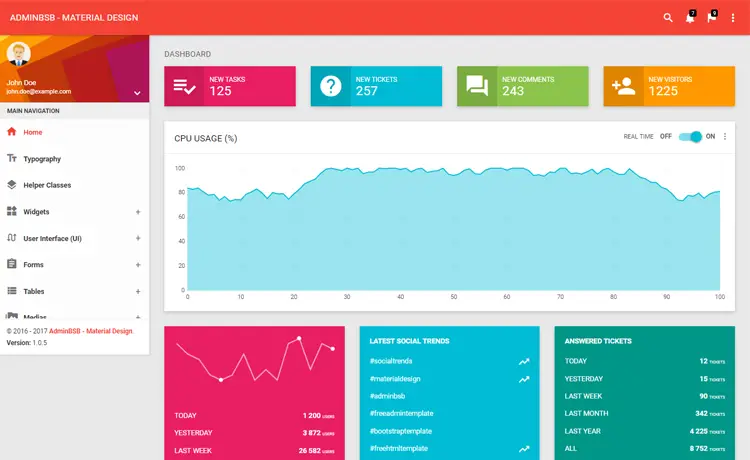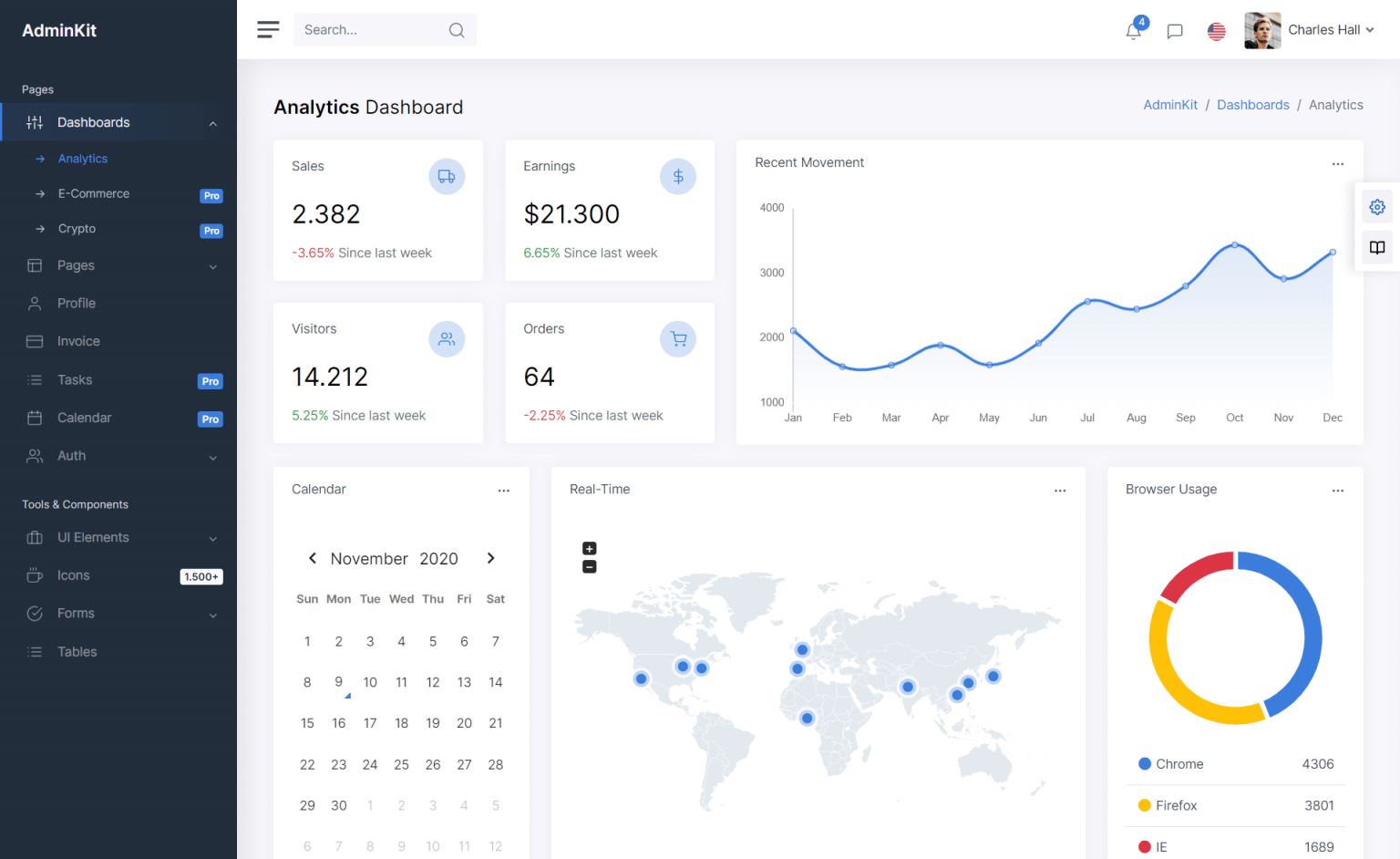How to use HTTPHandlers in ASP.NET
By Tan Lee Published on Jan 07, 2025 399
It serves as an endpoint executed in response to a request, handling specific requests based on the file extension in the URL. The ASP.Net runtime selects the appropriate handler to process the request.
On the other hand, an HttpModule is a component in the request processing pipeline that is called for every request to the application. Both HTTPHandlers and HttpModules aim to inject pre-processing logic into the pipeline.
For example, a custom HTTPHandler can be used to resize images before sending them back as responses. While similar tasks can be performed using ASP.Net pages, HTTPHandlers are more portable and reusable.
When a request arrives, the ASP.Net Worker Process identifies the appropriate HTTPHandler based on the file extension and instantiates it. An HTTPHandler class implements the IHttpHandler interface, available in the System.Web namespace, while the PageHandlerFactory implements the IHttpHandlerFactory interface and returns the appropriate handler for the request.
Creating a custom HTTPhandler
To create a custom HTTPHandler, you need to define a class that implements the IHttpHandler interface, as shown below.
namespace CustomHTTPhandler
{
public class JsonDataHandler : IHttpHandler
{
public bool IsReusable
{
get { return false; }
}
public void ProcessRequest(HttpContext context)
{
// Set the content type to JSON
context.Response.ContentType = "application/json";
// Generate some dynamic JSON data
var jsonData = "{ \"message\": \"Hello from custom handler!\" }";
// Write the JSON response
context.Response.Write(jsonData);
}
}
}In this example, we create a custom HTTPHandler to serve dynamically generated JSON data in response to specific requests.
IsReusable: This property indicates whether the HTTPHandler can be reused for multiple requests. In this case, we returnfalsebecause each request may require custom JSON data.ProcessRequest: In this method, we generate a simple JSON response. We first set the response’s content type toapplication/jsonto indicate that the response will be JSON. Then, we create a JSON string (jsonData) and write it to the response.
Registering the Handler
Once you’ve created your custom HTTPHandler, you need to register it in the configuration file.
For example, if you want your handler to respond to requests with a .jsondata extension, you need to configure this in the web.config file.
<httpHandlers>
<add verb="*" path="*.jsondata" type="CustomHTTPhandler.JsonDataHandler"/>
</httpHandlers>Here, we register the JsonDataHandler to handle any request with the .jsondata extension.
This setup allows you to return dynamic JSON data for requests that match the .jsondata extension, and it can be reused across different parts of your application.
Asynchronous HTTPHandlers
ASP.NET also supports asynchronous HTTPHandlers, which allow you to process requests asynchronously. This can be useful if your handler needs to perform I/O-bound tasks, such as querying a database or accessing external APIs, without blocking the request thread.
To implement an asynchronous HTTPHandler, you can inherit the HttpTaskAsyncHandler class. This class implements both the IHttpAsyncHandler and IHttpHandler interfaces.
public class AsyncJsonDataHandler : HttpTaskAsyncHandler
{
public override Task ProcessRequestAsync(HttpContext context)
{
// Simulate an asynchronous operation (e.g., querying a database)
return Task.Run(() =>
{
// Set the content type to JSON
context.Response.ContentType = "application/json";
// Simulate dynamic JSON data generation
var jsonData = "{ \"message\": \"Hello from async handler!\" }";
// Write the JSON response
context.Response.Write(jsonData);
});
}
}In this example:
ProcessRequestAsync: This method is overridden to handle the request asynchronously. Inside the method, we useTask.Run()to simulate an asynchronous operation. This can be useful for scenarios like calling an external API or querying a database without blocking the request thread.Task: TheProcessRequestAsyncmethod returns aTask, indicating that the operation is asynchronous.
To register this asynchronous handler, you would follow the same steps as the regular handler:
<httpHandlers>
<add verb="*" path="*.asyncjsondata" type="CustomHTTPhandler.AsyncJsonDataHandler"/>
</httpHandlers>This approach allows for better scalability and performance in web applications where you need to handle multiple requests efficiently.
- How to Initialize TagHelpers in ASP.NET Core with Shared Data
- Essential Tips for Securing Your ASP.NET Website
- Top Security Best Practices for ASP.NET
- Boost Your ASP.NET Core Website Performance with .NET Profiler
- The name 'Session' does not exist in the current context
- Implementing Two-Factor Authentication with Google Authenticator in ASP.NET Core
- How to securely reverse-proxy ASP.NET Core
- How to Retrieve Client IP in ASP.NET Core Behind a Reverse Proxy





